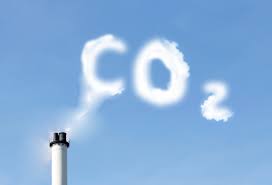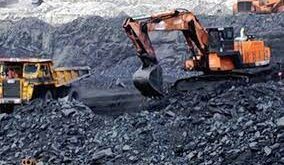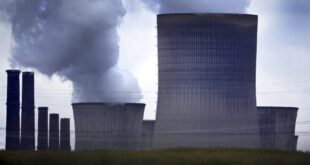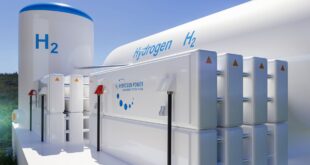Carbon capture and storage is gradually gaining government attention after being overtaken by investment in wind and solar energy. with the International Energy Agency (IEA) saying the technology will be crucial to limiting global warming.
The IEA estimates carbon capture and storage (CCS) will be needed to cut 14 percent of the emissions that have to be abated by 2060 to limit the global rise in temperature to less than 2 degrees Celsius (3.6 degrees Fahrenheit).
`The size of the challenge really requires all technologies to be deployed.` IEA energy analyst Samantha McCulloch told Reuters on the sidelines of a Global CCS Institute forum in Melbourne.
By one estimate. $80 billion has been invested in renewable energy compared with $20 billion in CCS. Australia`s ambassador for the environment. Patrick Suckling. told the forum.
Efforts to expand carbon capture and storage include a Japanese project to bury carbon dioxide below the seabed off Hokkaido island and construction of China`s first large-scale carbon capture. utilisation and storage (CCUS) project at a coal-to-chemicals plant run by Yanchang Petroleum in Xian.
In Australia. the government has proposed allowing its A$10 billion ($7.6 billion) Clean Energy Finance Corp to provide loans to carbon capture projects as part of a `technology-neutral` approach to cutting carbon emissions.
`We`re seeing renewed interest from governments.` McCulloch said.
Two projects in Australia are driving hope for the technology.
Chevron Corp is in the final stages of starting up the world`s largest CCS operation. estimated at A$2 billion at its huge Gorgon liquefied natural gas (LNG) plant on Barrow Island off Western Australia. where carbon dioxide will be stripped from natural gas. compressed. piped and injected 2 kms (1.2 miles) below the island.
The other project. CarbonNet. is a A$150 million government study in the state of Victoria.
CarbonNet has identified a site 1.5 kms below the seabed off the state`s coast where it estimates it could store 125 million tonnes of carbon dioxide. project director Ian Filby told the forum.
It aims to have the Pelican site approved for storage and secure an injection license by 2020.
Filby said the lowest cost applications for CCS would be for industrial operations. like gas processing. fertiliser manufacturing and hydrogen production. at an estimated A$30 a ton for compressing. transporting and burying carbon dioxide.
That could suit a project that Japan`s Kawasaki Heavy Industries (KHI) is pursuing to use Victoria`s brown coal to produce ultra clean hydrogen fuel. a project it has said will need CCS.

 Iran Energy News Oil, Gas, Petrochemical and Energy Field Specialized Channel
Iran Energy News Oil, Gas, Petrochemical and Energy Field Specialized Channel



